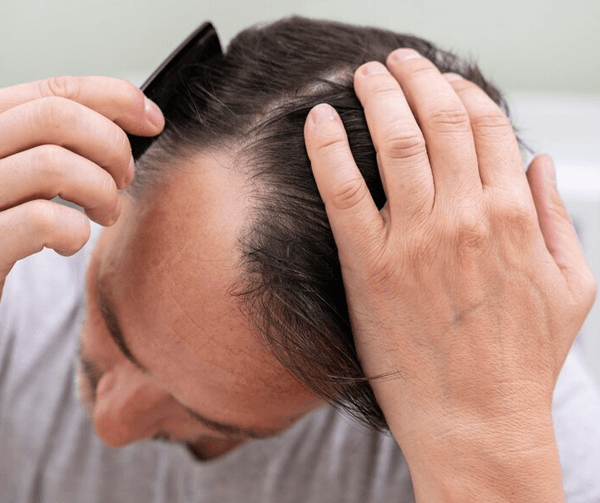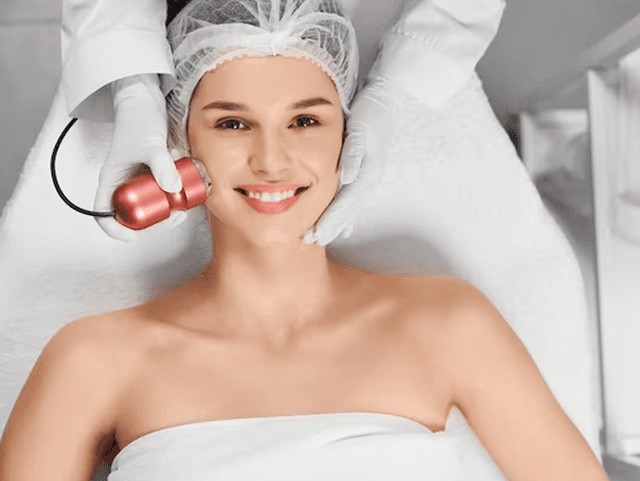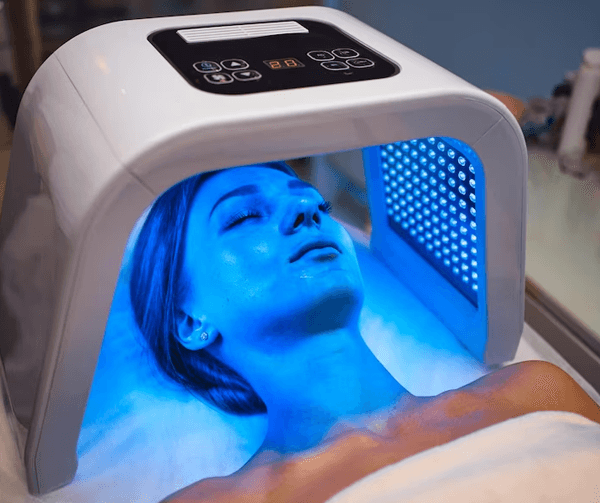
Gone are the days when surgery was the only way to get a younger looking face and had you visited a cosmetic surgeon, they would have suggested a surgical facelift as your only option. While there are several cases where a surgical facelift would still be suggested, there are actually several places where you will also get a non-surgical choice too.
The two most popular options when it comes to non-invasive and non-surgical facelifts include Thermage and the newer option, Ultherapy. While Thermage was first introduced in 2002, Ultherapy came a good seven years later. The basic tenet of both therapies is pretty much the same – they both stimulate the production of collagen within the deeper layers of skin, allowing regeneration of skin.
The goal:
Although the basic idea behind both procedures is to improve the condition of the skin and make it look younger, the actual goal of both procedures is different. While Thermage treats wrinkles on the face and the area under the eyes, ultherapy works better on the skin of the neck, chin and brow area. in addition, Thermage can work really well on wrinkles and even bulges on other parts of the body, but ultherapy will work better on the chest area.
The energy used:
While both procedures utilise a certain type of energy to ‘reenergise’ the collagen production in the dermal layers of the skin, the type of energy used is different. Thermage uses radiofrequency energy and ultherapy uses ultrasound but both the processes do create heat. However, ultrasound is able to reach the deepest layers of the skin much more easily than Thermage.
The procedure:
In the simplest of terms, ultherapy uses ultrasound waves, while Thermage uses radiofrequency and both procedures create heat inside the dermal layers. However, ultherapy treats the skin from inside out, while Thermage treats the skin inwards, from the outside. So, ultherapy ensures that the heat is penetrated into the deepest layers of the skin and that excites the collagen molecules, forcing them into an active stage. In Thermage, it is the skin that is heated and the heat travels into the dermal layers, doing the same thing to the collagen levels.
The areas of treatment:
Ultherapy is used to treat mainly three areas – the brow, the chin and neck and the chest area or décolletage. Thermage can treat a lot more areas, including various parts of the face, the area around the eyes, the abdomen and the thighs. So, while Thermage has more widespread use, only Ultherapy is FDA approved as a skin tightening method.
The time taken:
The time taken to complete both ultherapy and Thermage procedures totally depends on how much of an area you intend to cover. An ultherapy session can take anywhere between 30 to 90 minutes, while Thermage treatments can take from 45 to 90 minutes.
The time commitment:
Because both ultherapy and Thermage are non-invasive and non-surgical treatments, there is not a lot of downtime associated with either one of them. In most cases, people are able to return to work, almost immediately after treatment, but in certain cases, a single day off might be required. This can be because of the slight swelling or skin tenderness that tends to accompany these procedures.
The results:
It is best that you not expect radical results from either ultherapy or Thermage, because both of them will not give you the kind of results a surgical facelift could give you. However, you will be able to see significant changes in a matter of weeks, with ultherapy and within a few months with Thermage. Depending on how your skin ages naturally, the results could last anywhere between 6 to 18 months.







